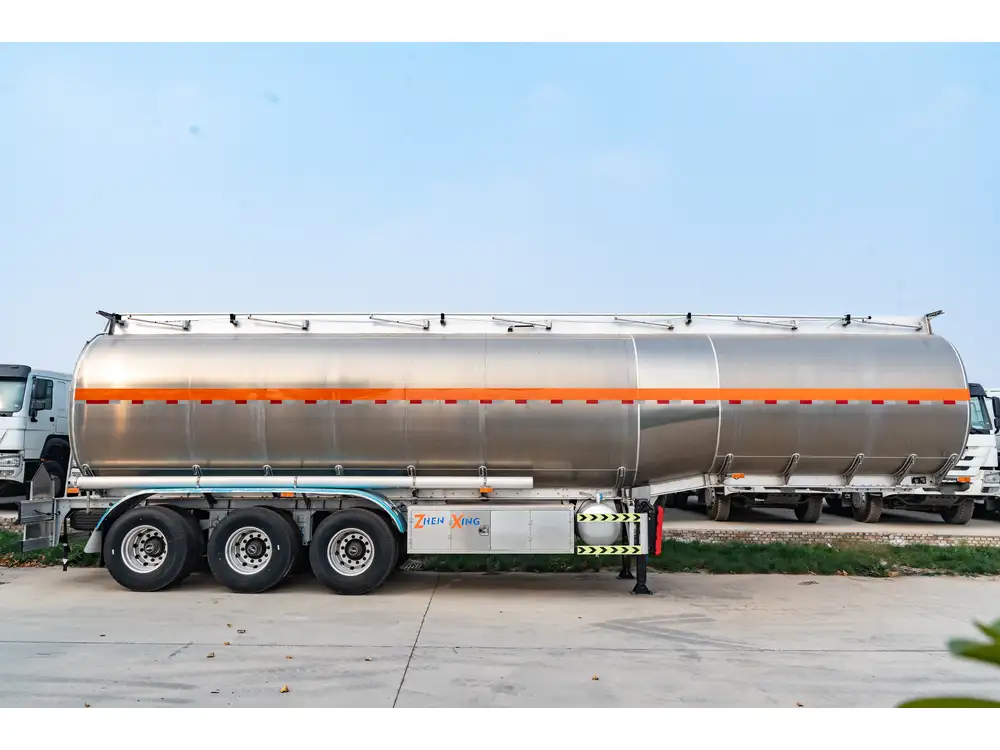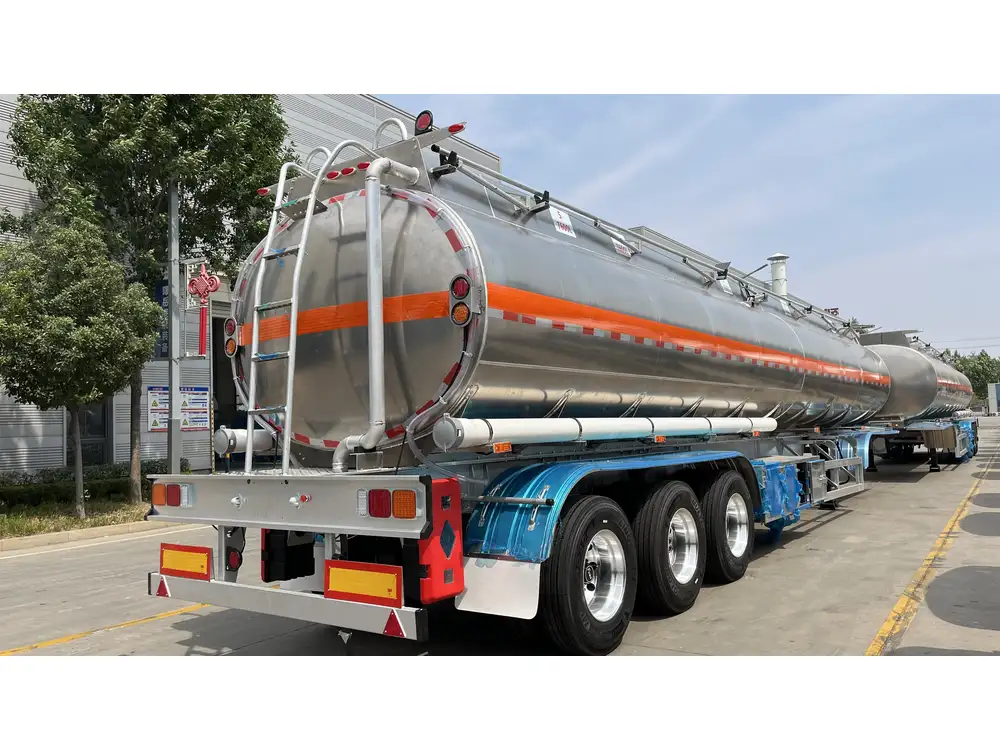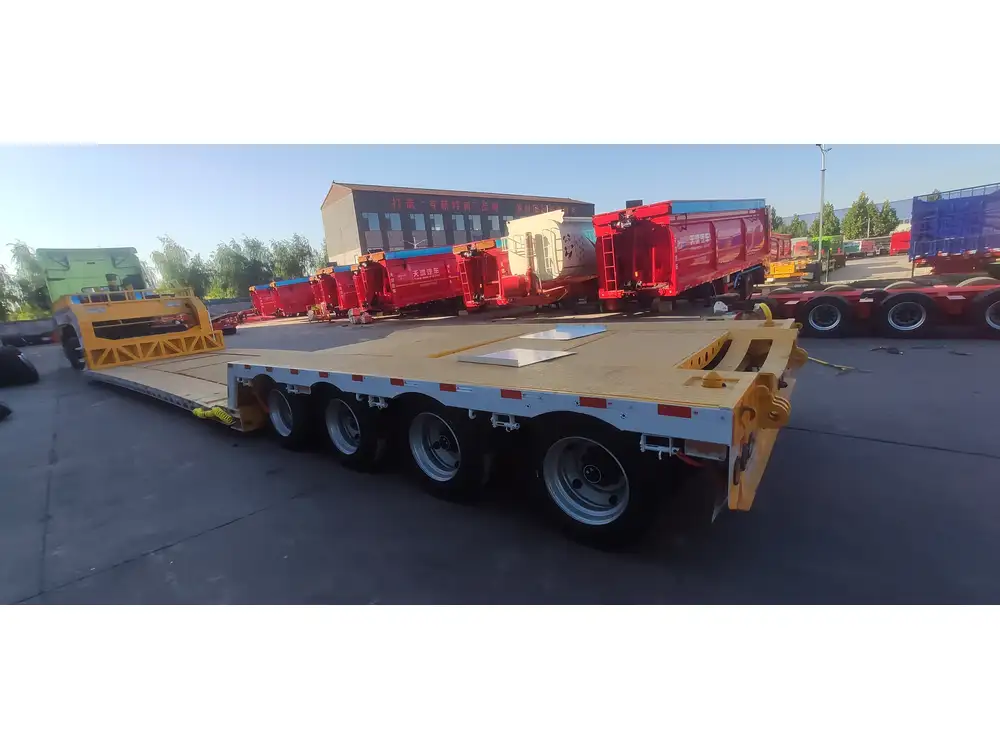When venturing into the realm of towing with vehicle trailers, an essential question emerges: How much weight can a car trailer carry? The implications of this query extend far beyond mere curiosity; they encompass safety regulations, vehicle performance, and legal constraints. This guide delves deeply into the various factors influencing trailer weight capacity, empowering you with the knowledge needed to make informed decisions.
1. Introduction to Trailer Weight Capacity
Car trailers, designed primarily for the transportation of vehicles or cargo, possess specific weight limits dictated by a variety of factors. Understanding these limits is crucial for anyone involved in towing, whether professionally or recreationally.
Types of Car Trailers
- Open Car Trailers: Commonly used for hauling vehicles without a protective cover.
- Enclosed Car Trailers: Provide an added layer of security and protection from the elements.
- Utility Trailers: Versatile for multiple uses beyond vehicle transportation.

Key Metrics in Weight Capacity
To grasp how much weight a trailer can carry, one must understand several key metrics:
- Gross Vehicle Weight Rating (GVWR): The maximum weight a trailer can safely carry, including its own weight and the weight of the cargo.
- Curb Weight: The weight of the trailer when empty.
- Payload Capacity: The difference between the GVWR and the curb weight, indicating how much cargo it can carry.
The Physics of Weight Distribution
Proper weight distribution is vital for safe towing. An improperly loaded trailer can lead to swaying, difficulty steering, and increased braking distance. Ideally, 60% of the weight should be in front of the trailer’s axles, while 40% should be behind.
2. Legal Considerations for Towing

Federal and State Towing Regulations
Every state has its unique laws regarding trailer towing. Above all, it’s crucial to ensure compliance to avoid penalties and ensure safety. Here are some components typically regulated:
- Maximum Towing Capacity: This is dictated by the vehicle manufacturer and can vary significantly by make and model.
- Brake Requirements: Some states require trailers above a certain weight (often around 3,000 lbs) to have their own braking systems.
- License Requirements: Depending on the weight of the combined vehicle and trailer, a special towing license may be required.
Tips for Staying Compliant
- Always check local regulations before towing.
- Ensure your vehicle’s towing capacity meets or exceeds your trailer’s GVWR.
3. How to Calculate Your Trailer’s Weight Capacity
Understanding how to calculate a trailer’s weight capacity is pivotal in ensuring safe and efficient towing. Here’s a straightforward process to guide you through:

Steps for Calculation
Find the Trailer’s Curb Weight
Obtain this information from the manufacturer or look for a sticker on the trailer itself.Identify the GVWR
This is typically located on a label affixed to the trailer, often near the safety chains.Subtract the Curb Weight from the GVWR
This will give you the payload capacity:
Payload Capacity = GVWR – Curb Weight
Example Calculation
| Metric | Value (lbs) |
|---|---|
| GVWR | 7,000 |
| Curb Weight | 2,500 |
| Payload Capacity | 4,500 |
This table illustrates how to derive the payload capacity crucial for planning your trailer load efficiently.
4. Factors Affecting Weight Capacity
Several factors critically influence how much weight a car trailer can carry.

4.1 Trailer Construction
The materials used in the trailer’s construction significantly impact both durability and weight capacity. Consider:
- Steel Trailers: Generally stronger, allowing for heavier payloads.
- Aluminum Trailers: Lighter structure but may have lower weight capacity.
4.2 Axle Configuration
The number and configuration of axles determine stability and weight distribution. Common configurations include:
- Single Axle: Suited for lighter loads; less stability.
- Tandem Axle: More stable for heavier loads; better weight distribution.
4.3 Hitch Equipment
The hitch system, including the type of hitch (reciever vs. fifth-wheel), is crucial. The hitch must be rated to handle the trailer’s weight.
| Hitch Type | Payload Rating | Best Suited For |
|---|---|---|
| Receiver Hitch | Varies (up to 20,000 lbs) | Light to medium-duty trailers |
| Fifth-Wheel Hitch | 20,000 lbs to over 30,000 lbs | Heavy-duty trailers and loads |

5. Safety Considerations When Towing
Towing safety cannot be overemphasized. A miscalculation in weight can result in disastrous consequences.
5.1 Load Securement
Ensuring that cargo is properly secured is essential. Use the following methods:
- Straps: High-strength ratchet straps may be required for heavier equipment.
- Wheel Chocks: Preventing movement when loading or unloading.
- Guardrails: On enclosed trailers to prevent damage to the cargo.
5.2 Regular Inspections
Regularly inspect both the trailer and towing vehicle for:
- Tires: Adequate pressure and tread depth.
- Brake Systems: Ensuring proper functioning.
- Lights and Connections: For brake lights and turn signals.

5.3 Driving Techniques
Adapting your driving style when towing is paramount. Here are tips to keep in mind:
- Slow Down: Increased weight means longer stopping distances.
- Increase Following Distance: Allow more space between your vehicle and the vehicle ahead.
- Use Smooth Inputs: Avoid sudden acceleration or braking to maintain stability.
6. Common Questions and Considerations
6.1 What is the Maximum Weight for my Specific Trailer Type?
Different trailers come with different capacity ratings. Always refer to the manufacturer’s specifications for precise figures.

6.2 Can I Tow More Than My Trailer’s Ratings?
Though technically possible, towing beyond the specifications can be illegal and hazardous. It is never advisable.
6.3 Special Conditions
There are conditions under which the maximum payload capacity could change, such as:
- Road Conditions: Off-road towing or incline towing may require a lower payload.
- Environmental Factors: High winds or rain can impact towing dynamics.
6.4 What to Do If Overloaded?
If it becomes apparent that your trailer is overloaded, it’s essential to:
- Stop immediately at a safe location.
- Unload Excess Weight: Find a solution to redistribute or offload.
- Check Vehicle & Trailer Condition: Wheels and brakes should be inspected immediately.

7. Conclusion: Equip Yourself with Knowledge
The importance of understanding how much weight a car trailer can carry resonates across all transportation ventures. Knowledge of your trailer’s specifications, adherence to regulations, and a commitment to safe towing practices form the cornerstone of responsible trailer operation.
By keeping in mind the various aspects discussed in this guide, you will not only ensure compliance and safety but also enhance your overall towing experience. Whether you’re hauling a vintage car or just moving equipment, awareness and preparedness will lead you down the road with confidence and security.
By internalizing the information in this guide, you will be well-equipped to determine the weight limitations of your car trailer and can confidently embark on any towing endeavor. Make informed choices, stay safe, and enjoy the journey ahead.



